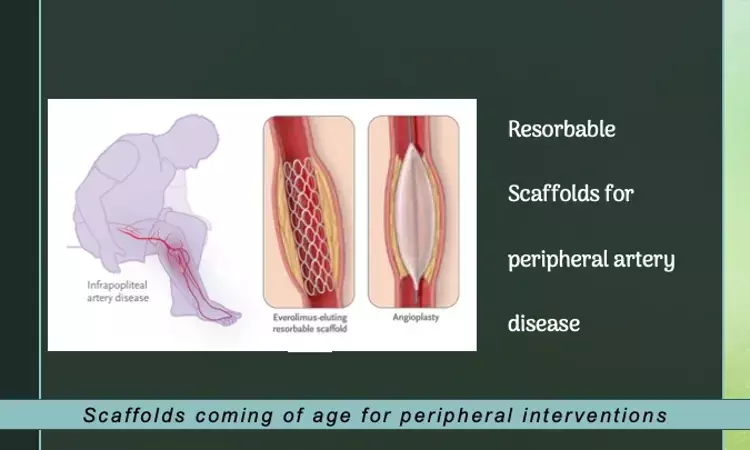- Home
- Medical news & Guidelines
- Anesthesiology
- Cardiology and CTVS
- Critical Care
- Dentistry
- Dermatology
- Diabetes and Endocrinology
- ENT
- Gastroenterology
- Medicine
- Nephrology
- Neurology
- Obstretics-Gynaecology
- Oncology
- Ophthalmology
- Orthopaedics
- Pediatrics-Neonatology
- Psychiatry
- Pulmonology
- Radiology
- Surgery
- Urology
- Laboratory Medicine
- Diet
- Nursing
- Paramedical
- Physiotherapy
- Health news
- Fact Check
- Bone Health Fact Check
- Brain Health Fact Check
- Cancer Related Fact Check
- Child Care Fact Check
- Dental and oral health fact check
- Diabetes and metabolic health fact check
- Diet and Nutrition Fact Check
- Eye and ENT Care Fact Check
- Fitness fact check
- Gut health fact check
- Heart health fact check
- Kidney health fact check
- Medical education fact check
- Men's health fact check
- Respiratory fact check
- Skin and hair care fact check
- Vaccine and Immunization fact check
- Women's health fact check
- AYUSH
- State News
- Andaman and Nicobar Islands
- Andhra Pradesh
- Arunachal Pradesh
- Assam
- Bihar
- Chandigarh
- Chattisgarh
- Dadra and Nagar Haveli
- Daman and Diu
- Delhi
- Goa
- Gujarat
- Haryana
- Himachal Pradesh
- Jammu & Kashmir
- Jharkhand
- Karnataka
- Kerala
- Ladakh
- Lakshadweep
- Madhya Pradesh
- Maharashtra
- Manipur
- Meghalaya
- Mizoram
- Nagaland
- Odisha
- Puducherry
- Punjab
- Rajasthan
- Sikkim
- Tamil Nadu
- Telangana
- Tripura
- Uttar Pradesh
- Uttrakhand
- West Bengal
- Medical Education
- Industry
Resorbable scaffolds fare better than balloon angioplasty for infra-popliteal artery disease :NEJM

In patients experiencing chronic limb-threatening ischemia (CLTI) coupled with infrapopliteal artery disease, the utilization of angioplasty has been linked to frequent reinterventions and unfavorable limb outcomes due to restenosis. Presenting findings from the LIFE-BTK trial, researchers have demonstrated that employing an everolimus-eluting resorbable scaffold proves superior to angioplasty in achieving positive clinical outcomes, such as freedom from amputation or reintervention within a year. The results were recently published in NEJM.
Endovascular therapy applied to arterial vessels below the knees is known to have inherent limitations, including issues such as elastic recoil, dissection, and restenosis, which compromise the long-term success of the procedure. Atherosclerotic plaque below the knees typically contains higher levels of calcium and luminal thrombus compared to lesions above the knees, potentially influencing the response to therapies more commonly applied in treating upper limb arteries.
Varcoe et al conducted a rigorous single-blind, randomized, controlled trial (LIFE-BTK) to assess the safety and efficacy of a novel everolimus-eluting resorbable scaffold (Esprit BTK, Abbott Vascular) for treating infrapopliteal artery disease in CLTI patients.
During the trial, individuals with CLTI and infrapopliteal artery disease were randomly assigned in a 2:1 ratio to receive either the everolimus-eluting resorbable scaffold or balloon angioplasty. A pivotal eligibility criterion was Rutherford–Becker class 4 or 5 disease, excluding class 6. Additionally, arterial stenosis severity had to be at least 70% of the vessel diameter upon visual assessment.
The primary efficacy endpoint was freedom from specific events at the one-year mark, including amputation above the ankle, complete occlusion of the target vessel, clinically driven revascularization of the target lesion, and binary restenosis of the target lesion. Meanwhile, the primary safety endpoint was freedom from major adverse limb events at six months and perioperative death.
Following a median follow-up period of 390 days, the primary efficacy endpoint (i.e., no events occurred) was observed in 74% of the scaffold group and 44% of the angioplasty group. Subgroup analyses and assessments of other arterial patency endpoints consistently favored the scaffold treatment, serving as promising indicators of success for the evaluated therapy.
“Focus on clinical endpoints”
In an accompanying editorial, Joshua A. Beckman, M.D. has stressed that “…what truly marks this trial as important is not only the arterial patency data but also the clinical end points. The inclusion of clinical end points is less common in studies of new devices for the treatment of vascular disease of the leg than in studies of medications.”
The recently published literature supporting interventional management of peripheral artery disease includes PROMISE II and EMINENET trials. As the field moves forward with new treatments, the incorporation of clinical outcomes should be standard. Only then will clinicians be able to understand the true value of new tools and treatments.
Source: NEJM:
1. DOI: 10.1056/NEJMoa2305637
2. DOI: 10.1056/NEJMe2312167
MBBS, MD , DM Cardiology
Dr Abhimanyu Uppal completed his M. B. B. S and M. D. in internal medicine from the SMS Medical College in Jaipur. He got selected for D. M. Cardiology course in the prestigious G. B. Pant Institute, New Delhi in 2017. After completing his D. M. Degree he continues to work as Post DM senior resident in G. B. pant hospital. He is actively involved in various research activities of the department and has assisted and performed a multitude of cardiac procedures under the guidance of esteemed faculty of this Institute. He can be contacted at editorial@medicaldialogues.in.
Dr Kamal Kant Kohli-MBBS, DTCD- a chest specialist with more than 30 years of practice and a flair for writing clinical articles, Dr Kamal Kant Kohli joined Medical Dialogues as a Chief Editor of Medical News. Besides writing articles, as an editor, he proofreads and verifies all the medical content published on Medical Dialogues including those coming from journals, studies,medical conferences,guidelines etc. Email: drkohli@medicaldialogues.in. Contact no. 011-43720751


